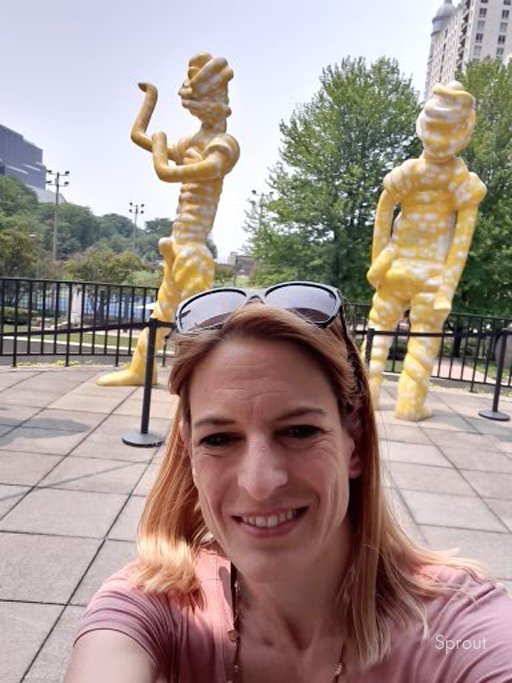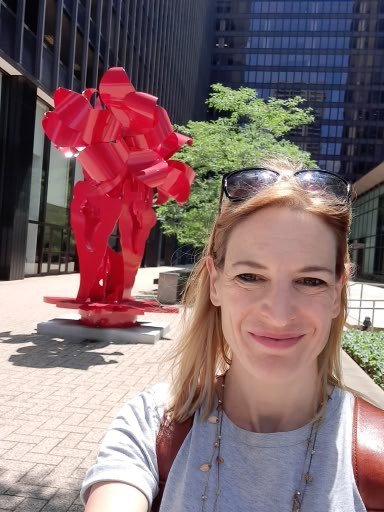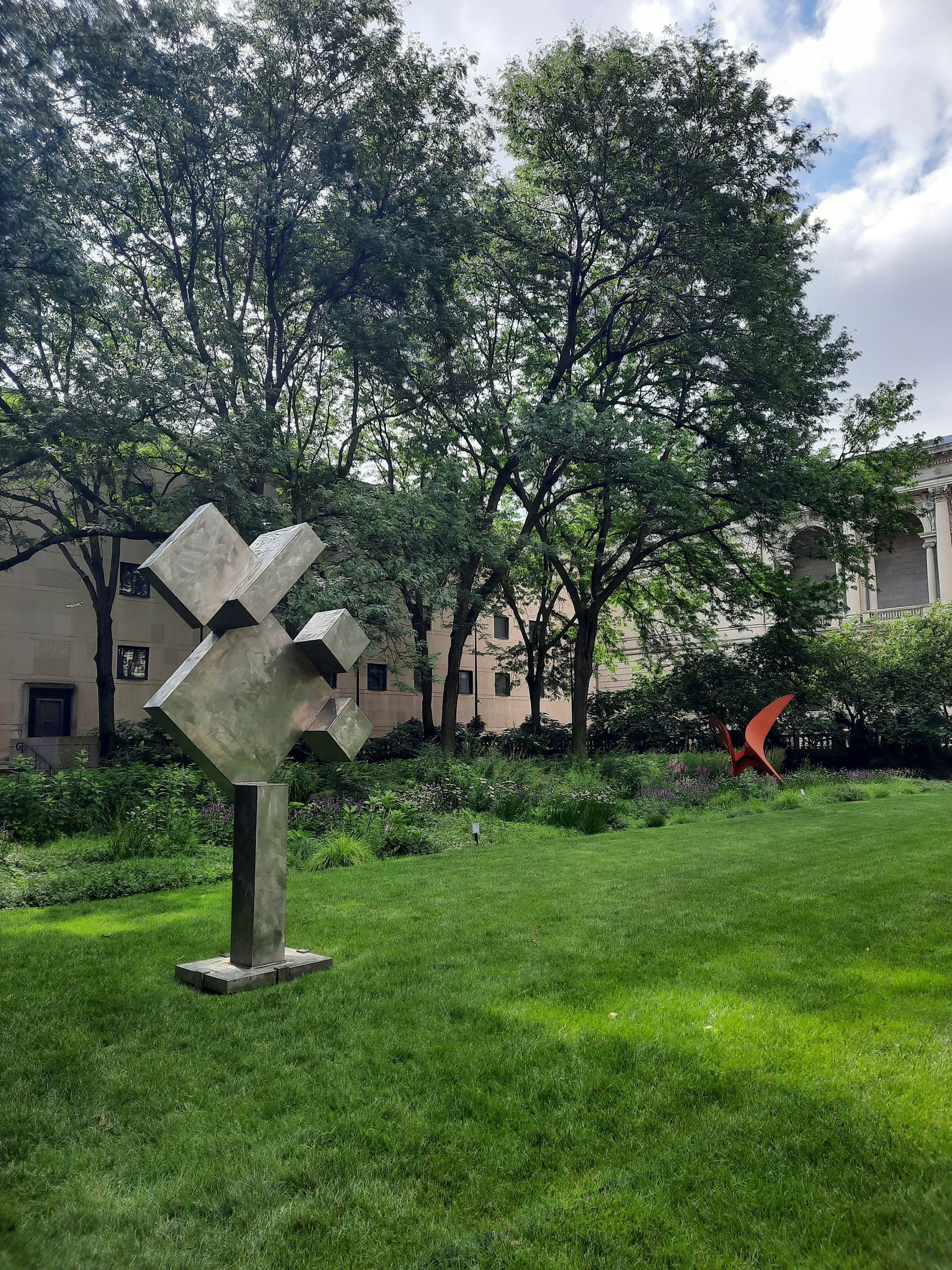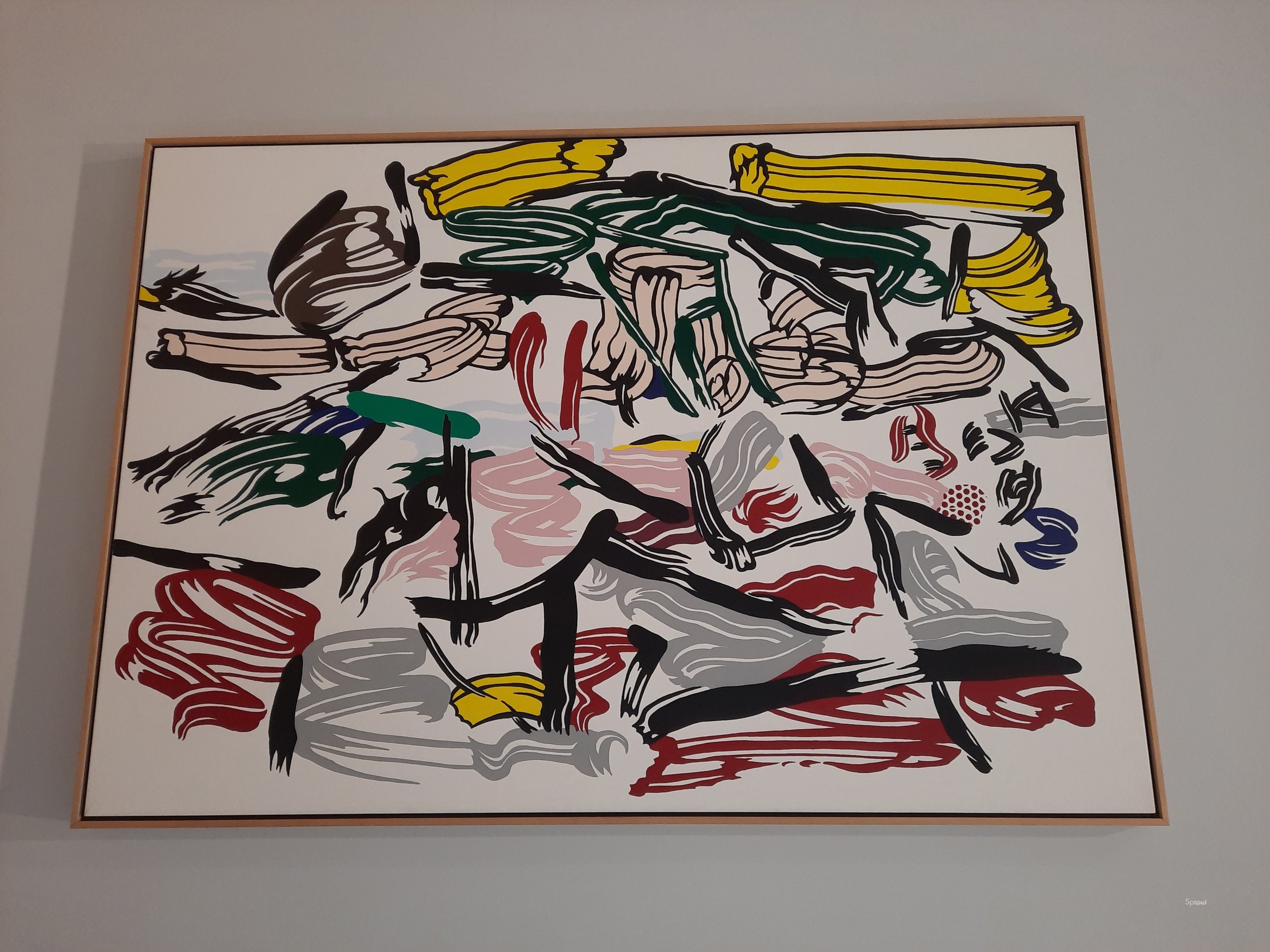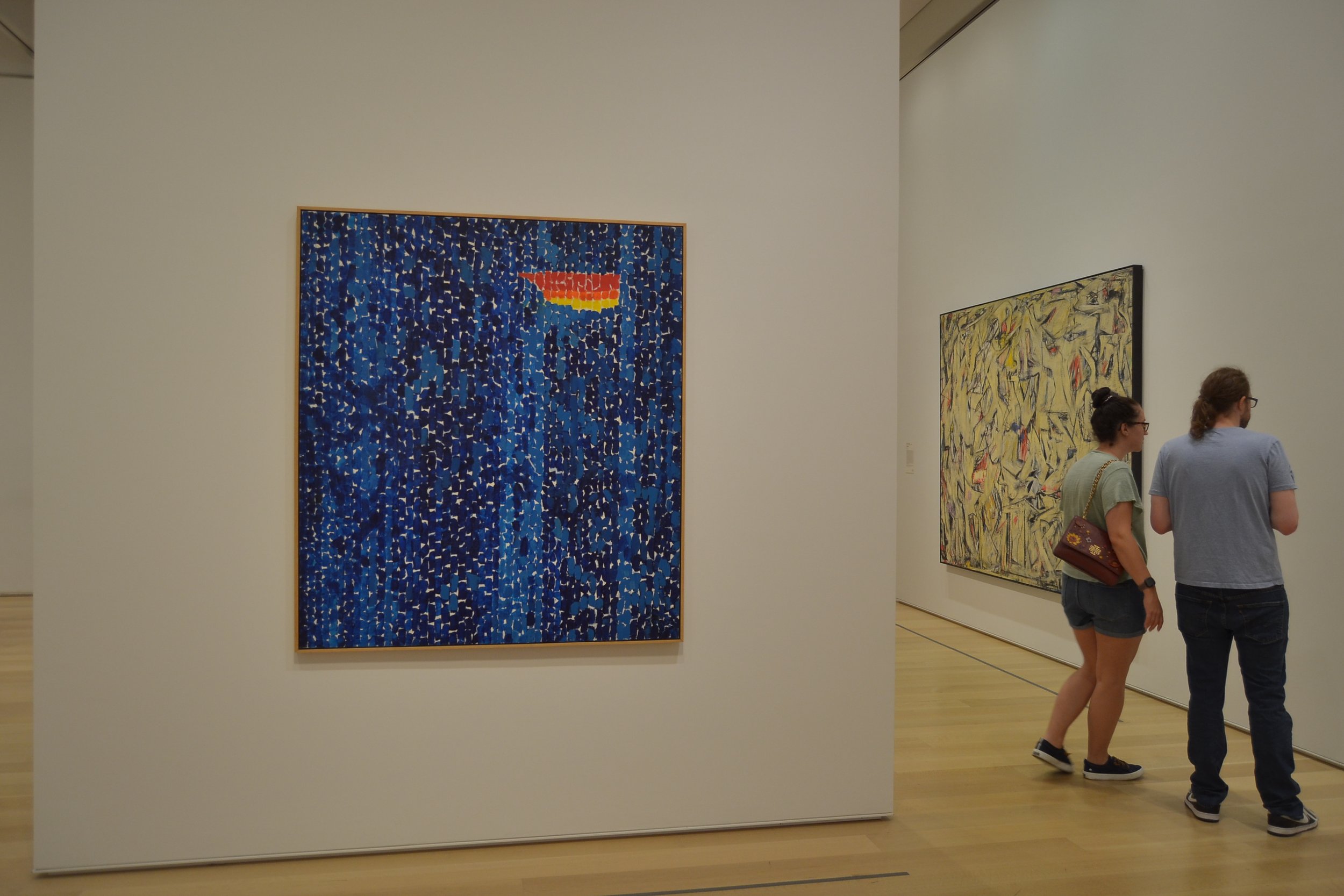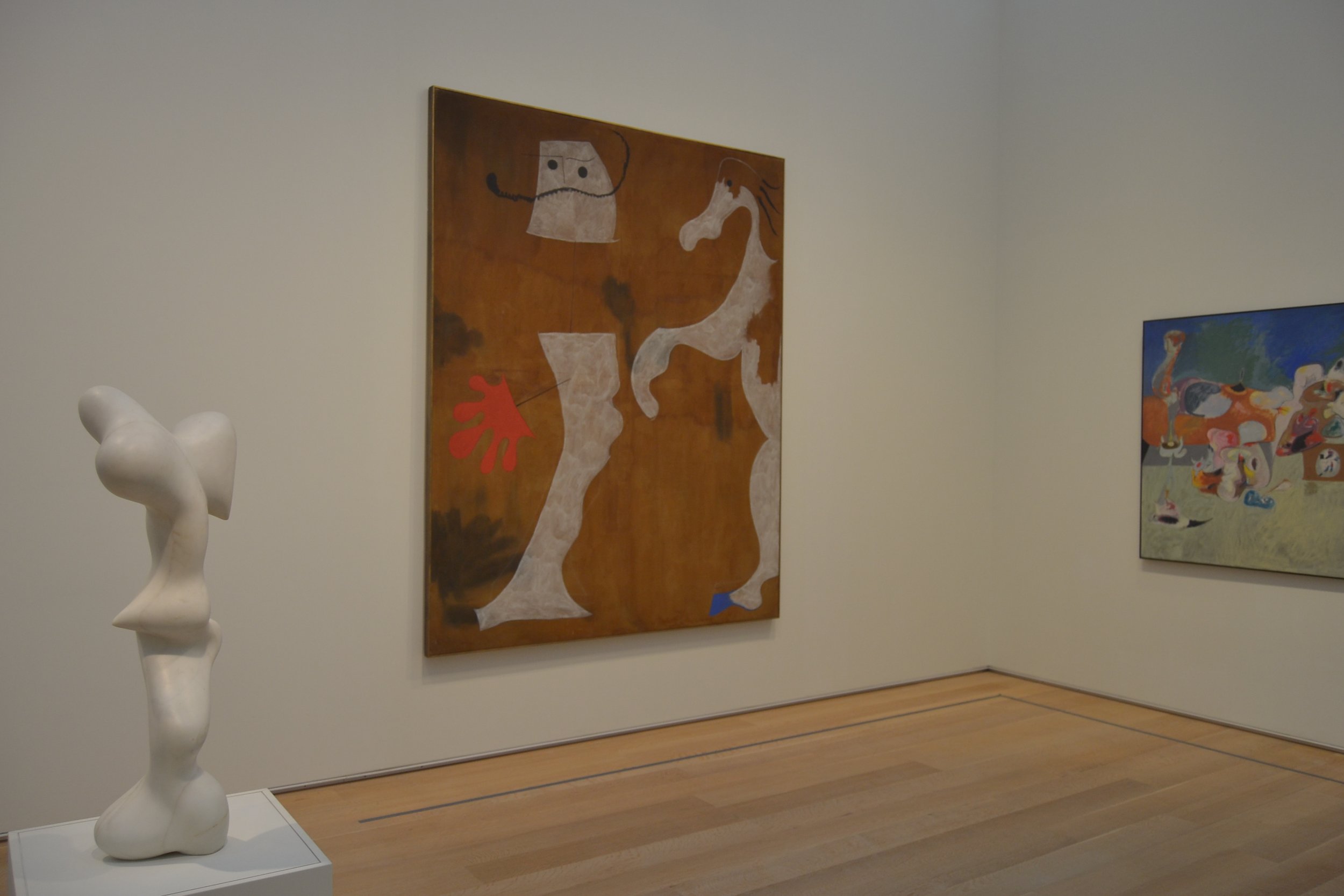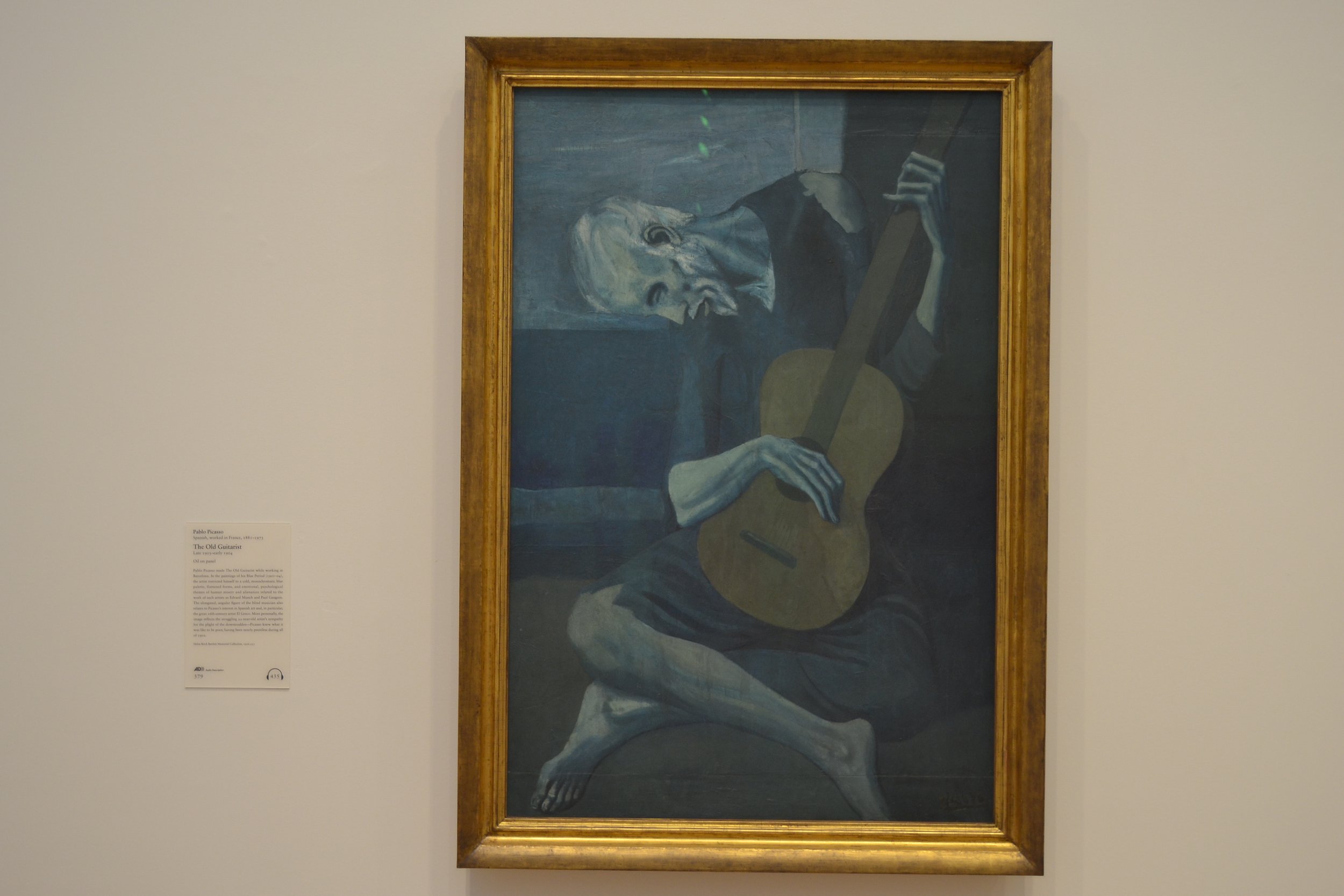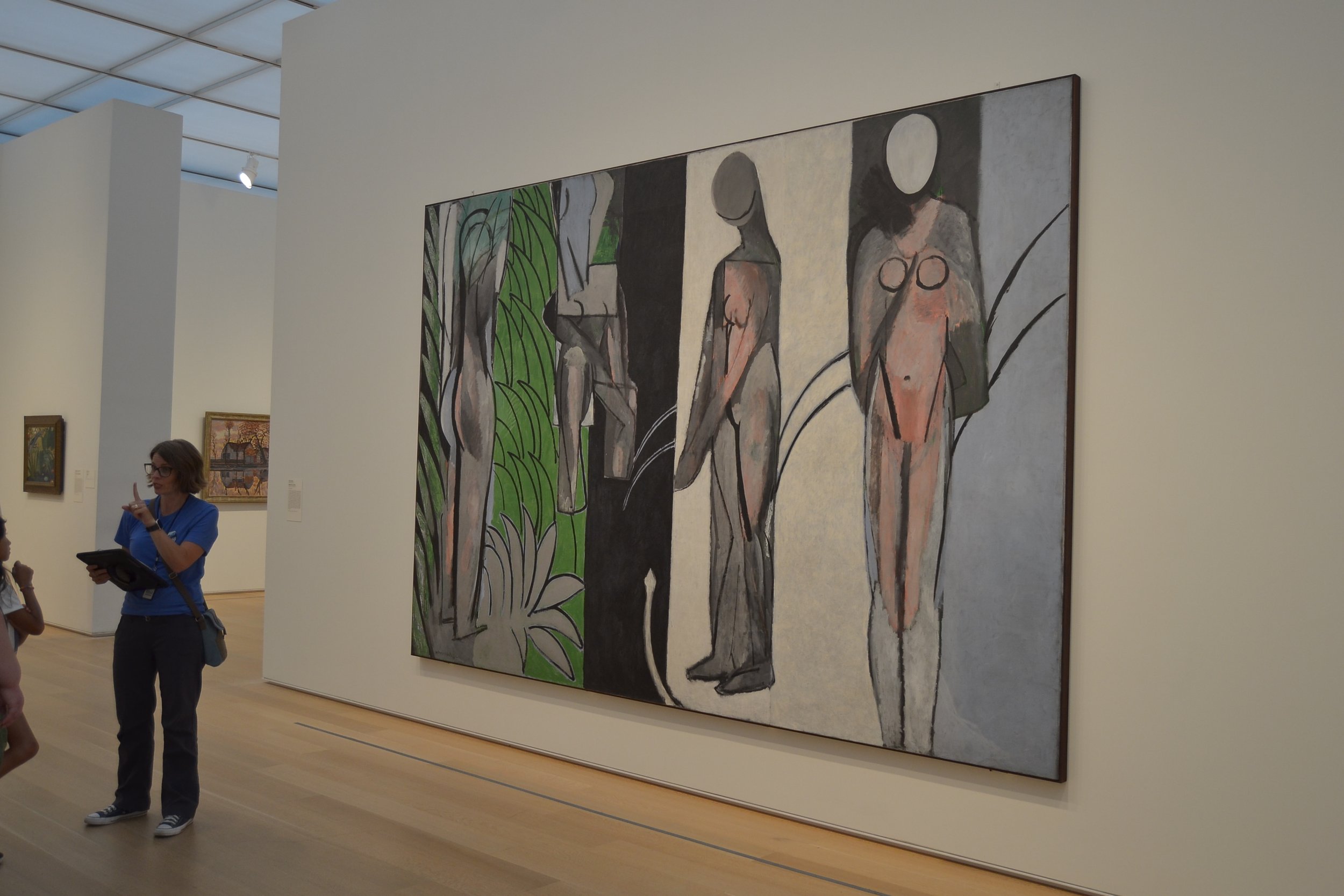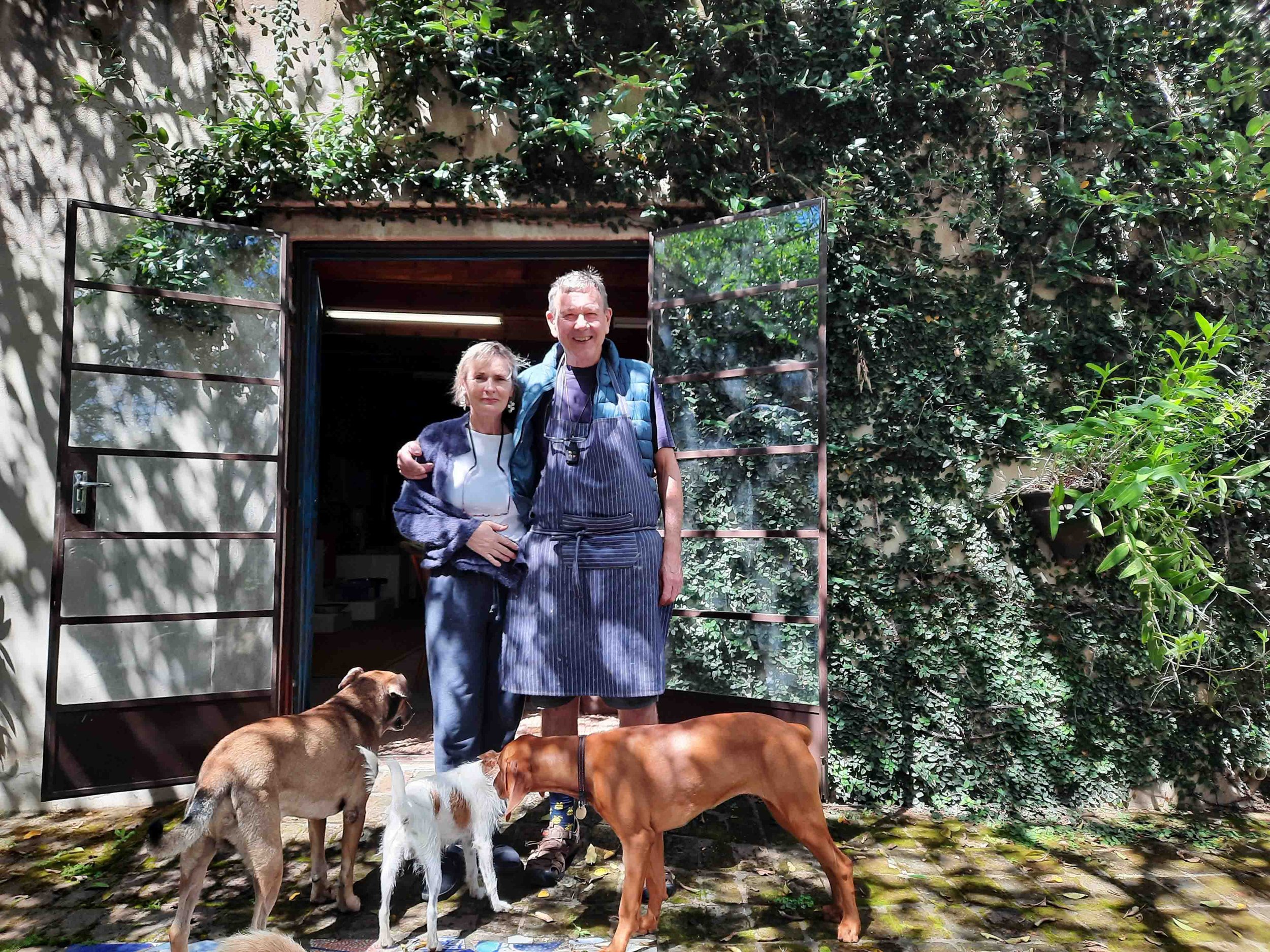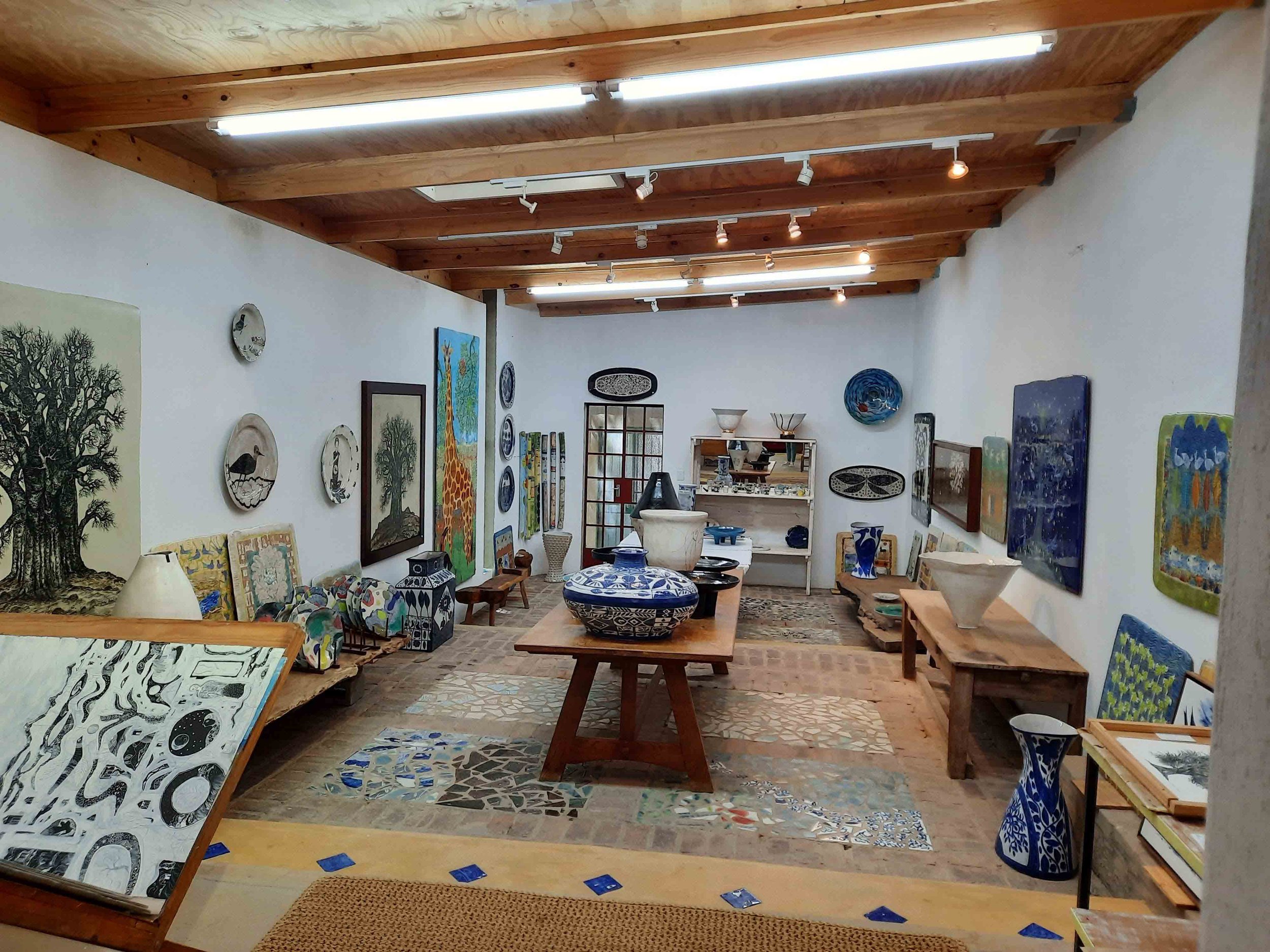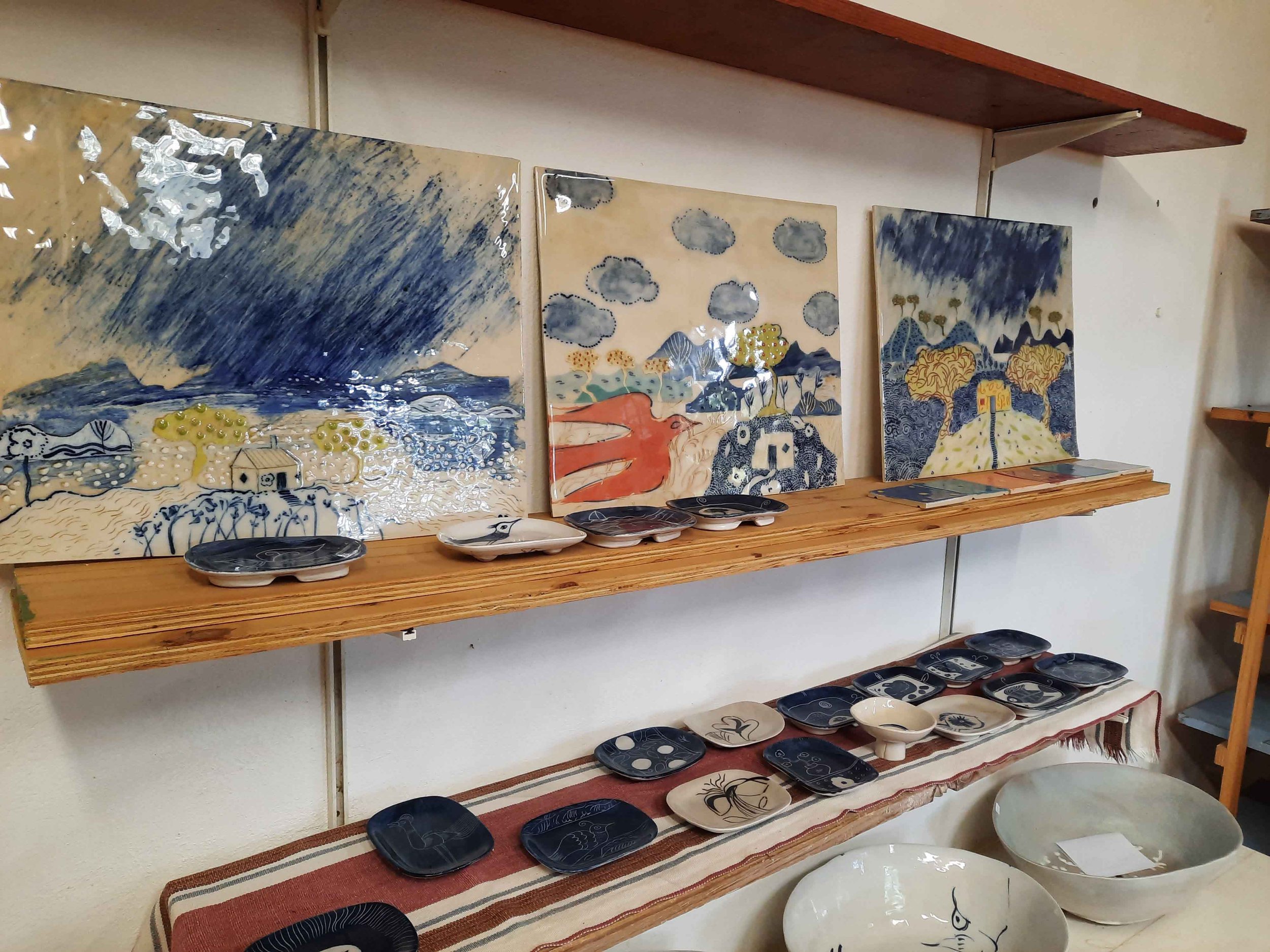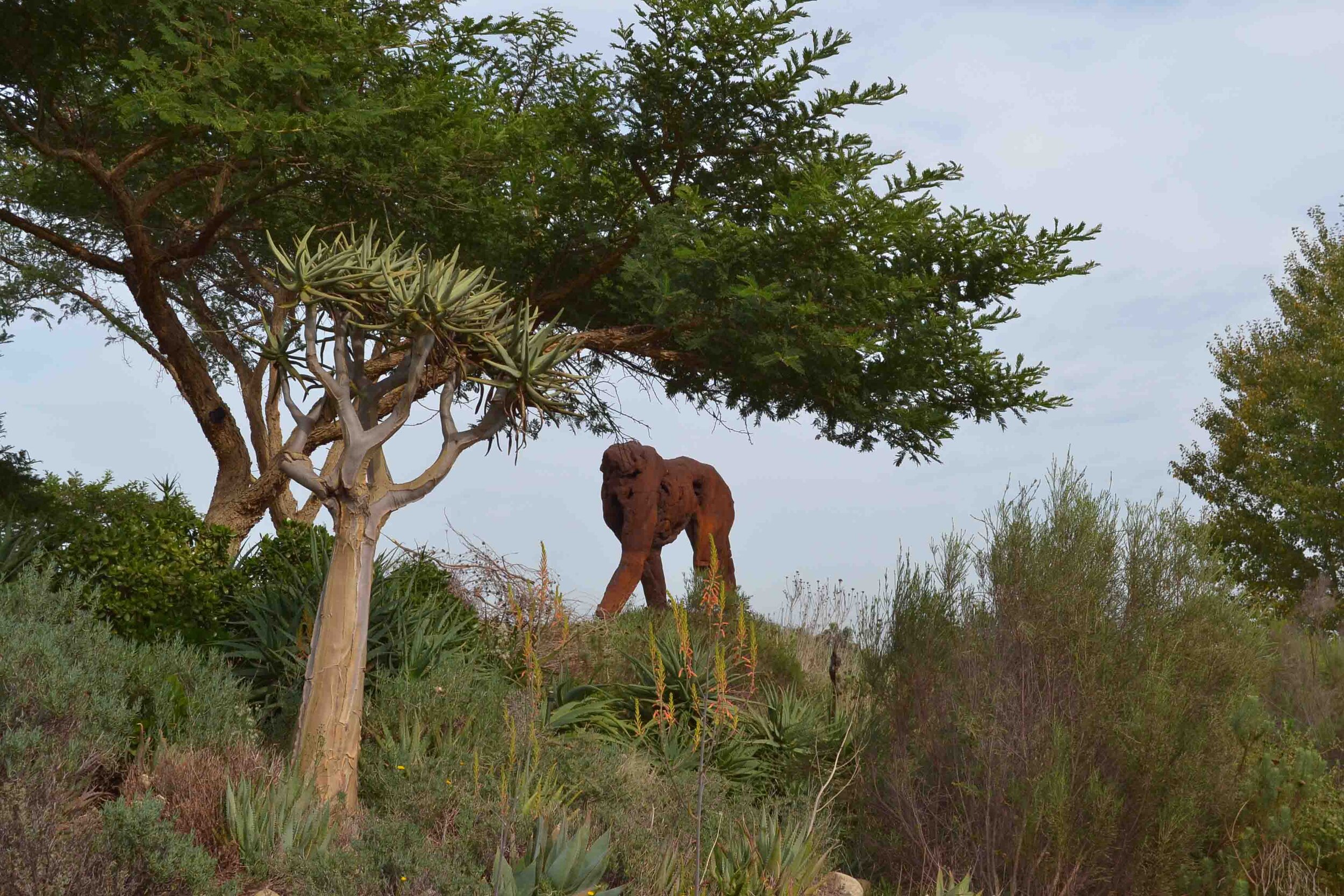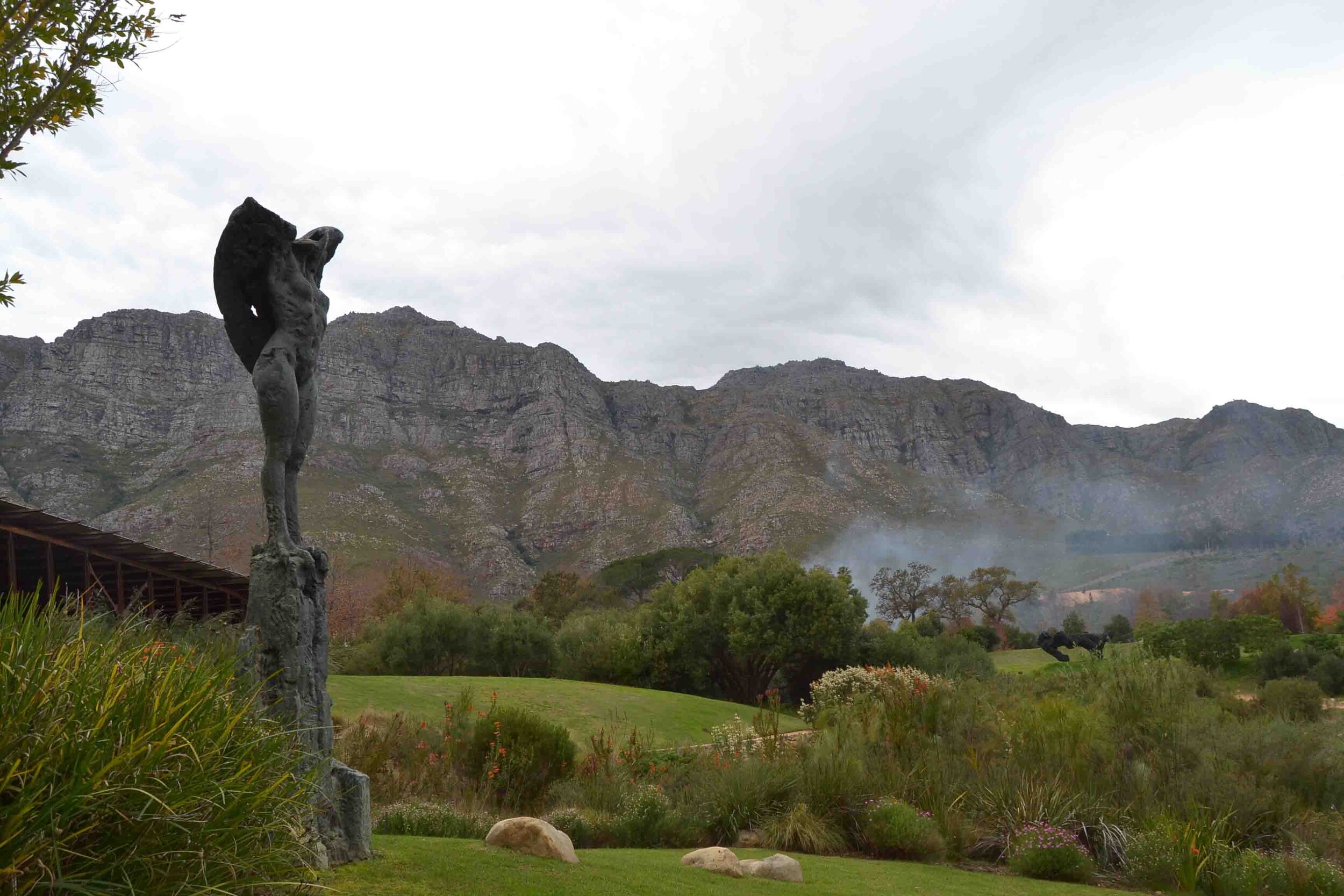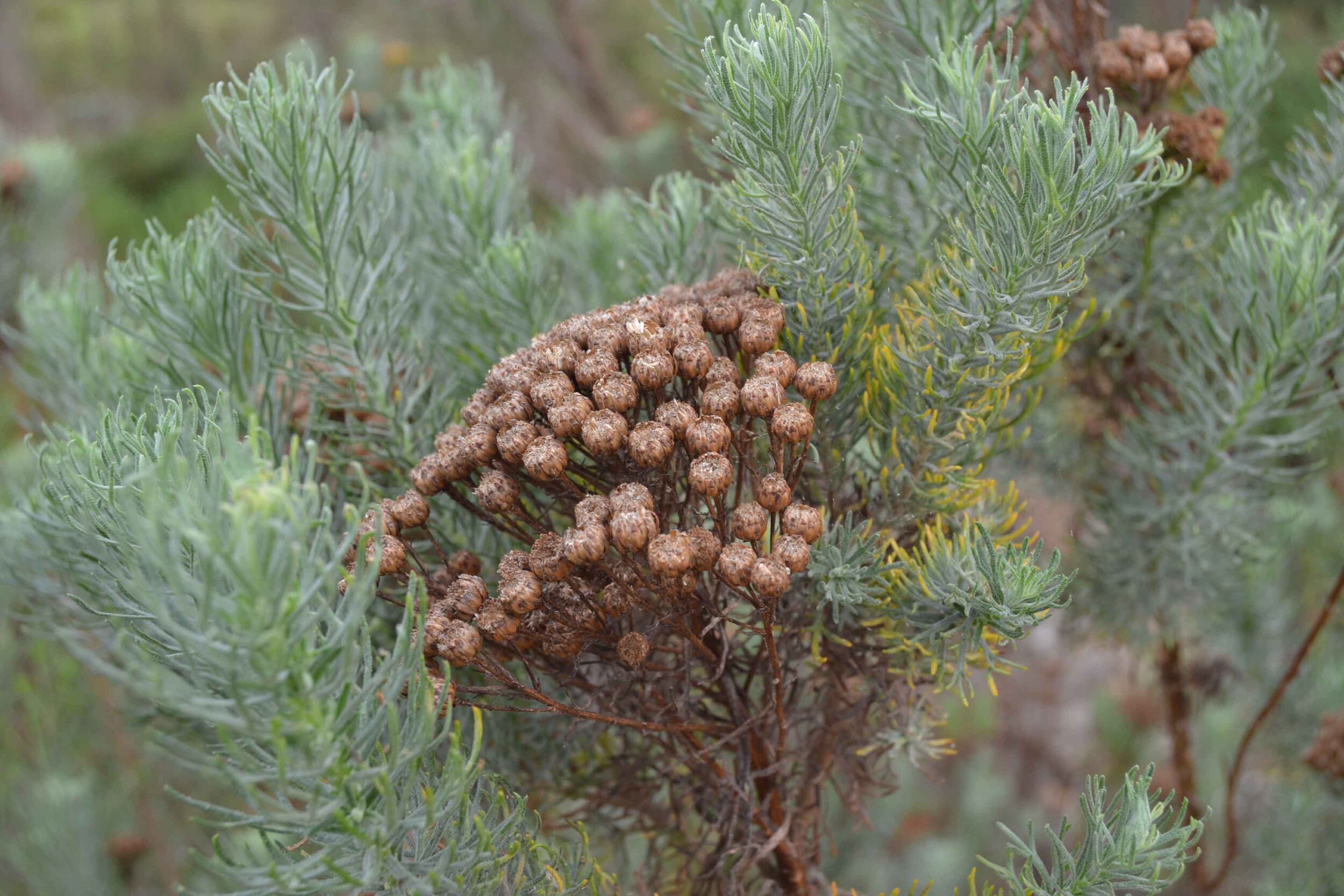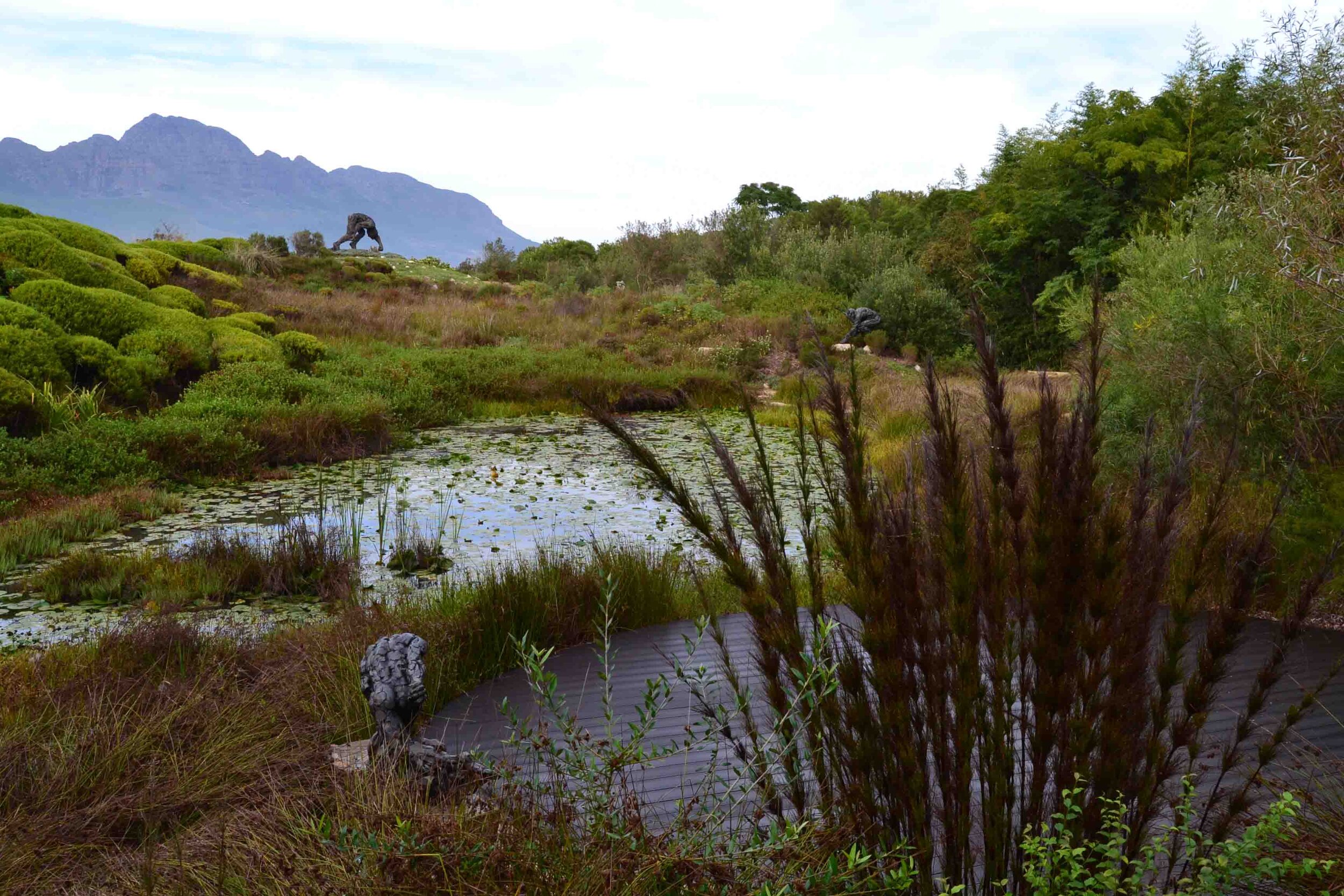Flamingo is a 16m tall steel Sculpture by Alexander Calder created in 1974. It was designed to offset the dark, minimalist, steel and glass building behind (designed by Ludwig by Mies van der Rohe) called the Dirksen Federal Building which was completed in 1964 and stands 45 stories tall.
I felt incredibly inspired by the Art I experienced in Chicago. I loved exploring the city and discovering public sculptures, both historic and modern (and taking sculpture selfies). Visiting the Art Institute of Chicago was really a highlight, although one day is not enough to see it all! It really is an incredible collection.
The Art Institute of Chicago was founded as both a museum and school for the fine arts in 1879, a critical era in the history of Chicago when resources were devoted to rebuilding the city after most of it had been destroyed by the Great Fire in 1871. The permanent collection contains nearly 300,000 works of art in fields ranging from Chinese bronzes to contemporary design and from textiles to installation art. Together, the School of the Art Institute of Chicago and the museum of the Art Institute of Chicago are now internationally recognized as two of the leading fine-arts institutions in the United States.
The Art Institute’s Mission is, “We collect, care for, and interpret works of art across time, cultures, geographies, and identities, centering the vision of artists and makers. We recognize that all art is made in a particular context, demanding continual, dynamic reconsideration in the present. We are a place of gathering; we foster the exchange of ideas and inspire an expansive, inclusive understanding of human creativity.”
If you visit the Art Institute don’t miss the very bottom floor which consists of The Thorne Miniature Rooms. They were created by Narcissa Niblack Thorne in the 1930s and 1940s, and they depict various historical interiors from Europe and America. The rooms are built on a scale of 1:12, and they are incredibly detailed, with miniature furniture, carpets, and even tiny books.
The Tiffany Window - Hartwell Memorial Window, 1917. Design attributed to Agnes F. Northrop for Tiffany Studios
Before visiting Chicago I had not heard of Tiffany Studios or seen his mosiac works. Louis Comfort Tiffany was an American artist who revolutionized the art of stained glass windows in the late 19th and early 20th centuries. Although Tiffany’s name is associated with New York City, he had a strong association with Chicago. His association with the city began with the World’s Columbian Exposition in 1893, where his Byzantine-inspired chapel and ecclesiastical wares were an international sensation, winning him 54 medals. This led to many commissions in Chicago, which compelled him to open a satellite studio in the city.
Tiffany’s work can be seen at many places in Chicago, including stained glass windows at the Second Presbyterian Church, glass mosaic panels at the Marquette Building lobby, and the largest Tiffany dome at the Chicago Cultural Center. The Tiffany dome at Macy’s on State Street is the world’s largest example of an unbroken Tiffany favrile iridescent glass mosaic, covering over 500 square metres and containing 1.6 million pieces of glass. The process of creating this dome took one and a half years to complete with over 50 artisans working under the direct supervision of Mr Tiffany.
I don’t think the photos really do these mosaic dome artworks justice, it is hard to see the colour and detail in the photo.
Tiffany mosaic artwork depicting the history of Chicago in the Marquette Building
Chicago Cultural Centre
There are tons of things to see and experience in any large city. I love seeking out the layers of history which are normally intertwined with art and architecture. I was really surprised and inspired by the depth and beauty of the love of art found in Chicago.
~ G.S







